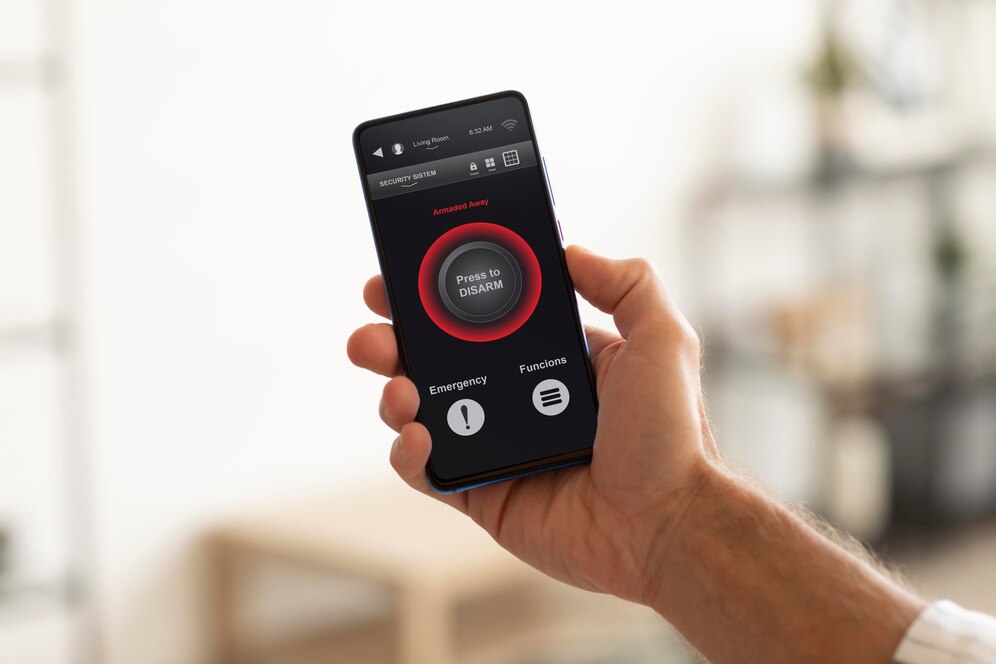Smart homes are no longer futuristic fantasies—they’re today’s reality. From voice assistants in the kitchen to smart TVs in the living room, our homes are packed with internet-connected devices designed to make life easier. But with convenience comes risk: each smart device is a potential gateway for hackers and data breaches.
Securing your smart home doesn’t require technical expertise—just awareness and a few smart practices. Here’s a room-by-room guide to help you lock down your smart devices and protect your home from digital intrusions.
Living Room: Entertainment Without Exposure
The living room is often the hub for smart entertainment systems like smart TVs, game consoles, and voice assistants.
Common Devices:
-
Smart TVs
-
Streaming boxes (Roku, Apple TV)
-
Smart speakers (Amazon Echo, Google Nest)
-
Game consoles
Security Tips:
-
Disable unused features: Turn off voice recognition or cameras if not needed.
-
Update firmware regularly: Smart TVs and consoles often skip automatic updates—check manually every few months.
-
Use a guest network for visitors’ devices to prevent access to your main devices.
-
Mute microphones when not in use on smart assistants to avoid accidental listening.
Kitchen: Smart and Secure Cooking
Smart fridges, coffee makers, and voice assistants are becoming common in modern kitchens.
Common Devices:
-
Smart refrigerators
-
Smart ovens and appliances
-
Smart plugs
-
Voice assistants (e.g., Alexa or Google Assistant)
Security Tips:
-
Rename default device names to make them harder to identify and target on your network.
-
Secure smart plugs with reputable brands that receive regular security updates.
-
Check app permissions to ensure you’re not giving the appliance’s app more access than necessary (like camera or location access).
-
Avoid public Wi-Fi setups during initial configuration—always use your secure home network.
Bedroom: Privacy is Priority
Smart tech in the bedroom often includes speakers, alarm systems, and sleep trackers—devices that collect highly personal data.
Common Devices:
-
Smart lamps and clocks
-
Sleep tracking devices
-
Smart thermostats
-
Home security hubs
Security Tips:
-
Turn off cameras/mics when not needed, especially in sensitive spaces like bedrooms.
-
Use devices that allow for local storage (like some security cameras) to avoid sending private data to the cloud unnecessarily.
-
Enable 2-factor authentication (2FA) on apps tied to these devices.
-
Set device boundaries in parental control settings, especially if children are using or near these devices.
Bathroom: Limit Connectivity
While smart mirrors, scales, and toothbrushes exist, this is a room where privacy should outweigh novelty.
Common Devices:
-
Smart scales
-
Electric toothbrushes with app sync
-
Smart mirrors
Security Tips:
-
Review data-sharing settings, especially for health devices that may upload personal metrics to cloud services.
-
Use Bluetooth over Wi-Fi when possible to reduce exposure to external attacks.
-
Avoid auto-connect features on bathroom devices to ensure they only sync when you explicitly allow it.
Home Office: Your Digital Fortress
This room houses the devices most critical to work and financial security.
Common Devices:
-
Computers and laptops
-
Smart printers
-
Routers and modems
-
Webcams and conference tools
Security Tips:
-
Use a strong, unique password for your Wi-Fi router, and change it from the factory default.
-
Regularly update your router firmware to patch vulnerabilities.
-
Install a reputable firewall or enable built-in router security features.
-
Cover webcams with physical sliders or covers when not in use.
-
Use a VPN when working with sensitive or financial data to encrypt your connection.
Garage and Outdoors: Smart but Secure Entry Points
Connected garages, doorbells, and security cameras are common, but they’re also critical access points into your home.
Common Devices:
-
Smart garage door openers
-
Smart locks
-
Outdoor security cameras
-
Video doorbells
Security Tips:
-
Use end-to-end encrypted devices from trusted brands.
-
Avoid using default usernames and passwords—customize login credentials for every device.
-
Monitor logs and alerts from doorbell cameras or smart locks to detect unusual activity.
-
Ensure devices have strong weather-resistant security (IP ratings) to avoid physical tampering.
Whole-House Tips: Secure the Foundation
These best practices apply to every room and ensure a strong security baseline for all smart devices.
General Smart Home Security Tips:
- Set up a separate Wi-Fi network for smart devices (IoT network) to isolate them from personal data on laptops and phones.
- Enable 2FA on all smart device accounts and apps.
- Regularly check for and install firmware updates to patch vulnerabilities.
- Avoid obscure or no-name brands that may lack long-term support or proper security standards.
- Use a centralized smart home hub (like Apple HomeKit, Google Home, or Samsung SmartThings) for easier control and updates.
- Audit devices regularly—remove any you no longer use or need.
Smart homes are convenient and innovative, but they require smart security to be safe. By taking a room-by-room approach and applying consistent cybersecurity habits, you can enjoy the benefits of a connected home without sacrificing your privacy or safety.
A secure smart home is not about paranoia—it’s about preparedness. Because in a world where your thermostat and fridge are online, every device is a potential doorway. It’s up to you to make sure they’re locked.

